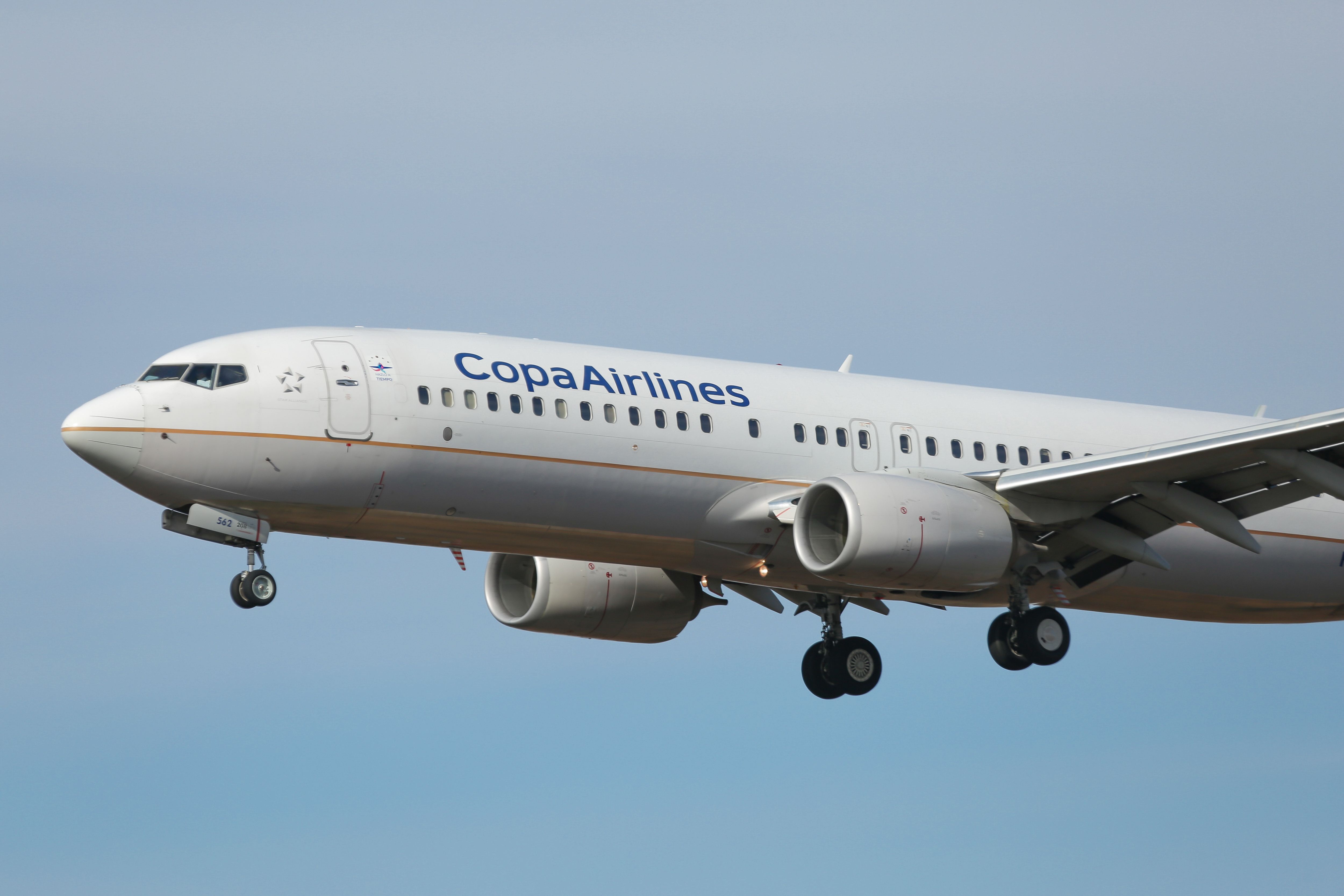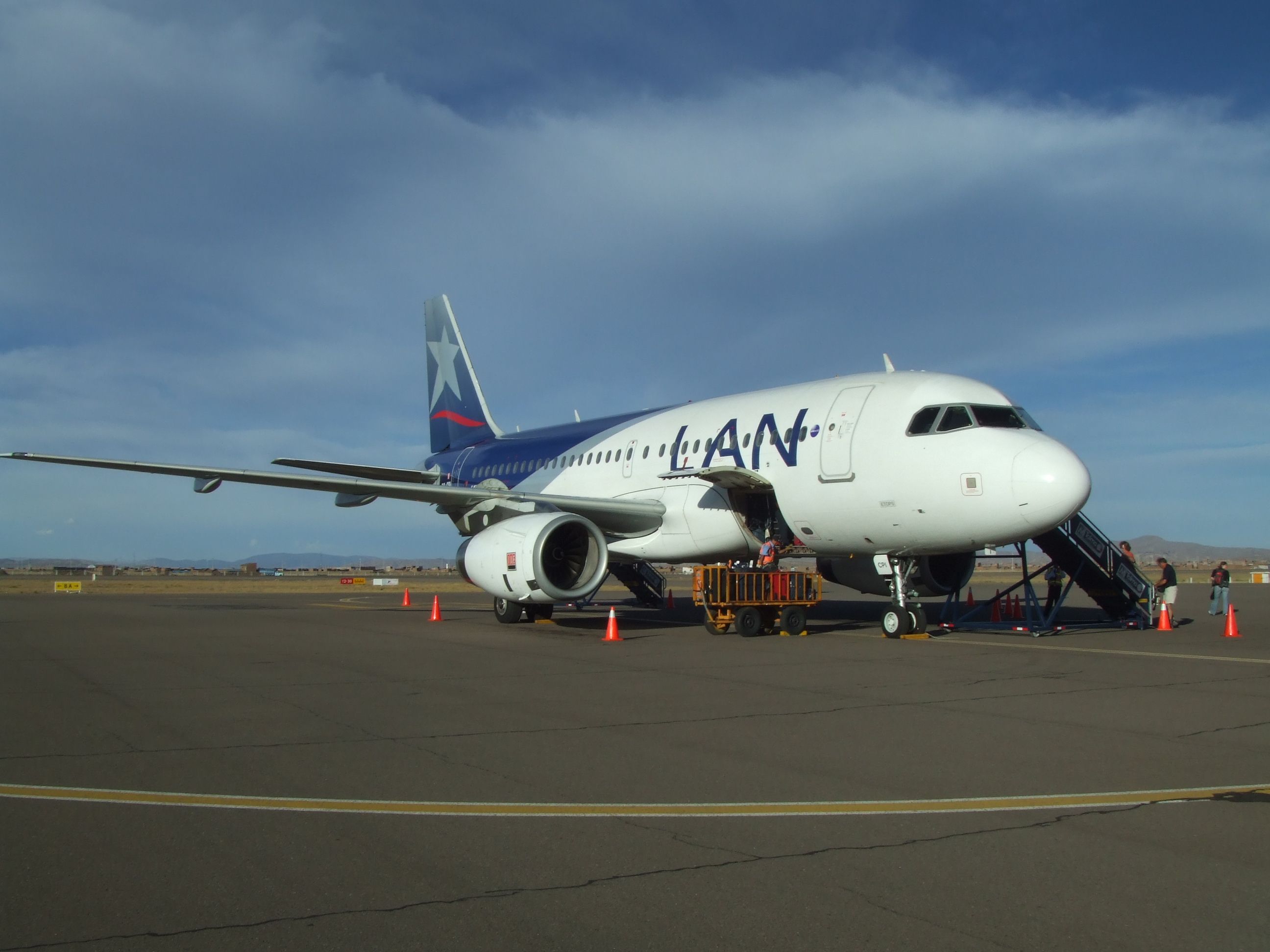Earlier this month, two aircraft, an Airbus A319 of LATAM Airlines and a Boeing 737 of Copa Airlines, avoided a midair collision while approaching Guayaquil International Airport (GYE) in Ecuador. This incident took place following a bird strike that forced the regional air traffic controllers to redirect the incoming traffic but, while doing so, had a miscommunication with these two planes, that had to use their traffic collision avoidance system (or TCAS).
What happened?
On August 13, 2022, a bird strike incident occurred at around 22:10 UTC. The aircraft involved in this first incident was most likely Avianca’s AV1633 flight between Galápagos (GPS) and Guayaquil (GYE). We say most likely because the Ecuadorian civil aviation authorities did not confirm which flight suffered the bird strike, but they did say that it was an incoming service, and Avianca’s commercial flight was the last one to land at GYE before the LATAM and Copa Airlines near midair collision took place.
So, Avianca’s flight suffered from a bird strike, forcing the airport authorities to close Guayaquil's only runway and redirect the incoming traffic. There were three incoming flights: two Copa Airlines services from Panama City (one was flight CM378, not involved in the incident, and the other was CM468, involved in the incident), and a LATAM Airlines service from Quito. Ecuador’s civil aviation authorities explained what happened next,
“During these flight operations (the diversions of the incoming traffic), there was a reduction in the regulatory separation minimums between these two aircraft, a situation that was managed by the flight crews according to the operational procedures applied in these cases.”
Discover more aviation news.
Employing TCAS
Using data by FlightRadar24.com, at the moment these two aircraft were the closest, they were at a calibrated altitude of 3,275 feet (Copa) and 3,000 feet (LATAM). Then, each plane can be seen flying away from one another, using their traffic collision avoidance system (or TCAS).
TCAS is a system designed to reduce the incidence of midair collisions between aircraft. This system has two types of alerts - TA (Traffic Advisory) and RA (Resolution Advisory). The first is intended to assist the pilot in seeing the conflicting aircraft, preparing it for a potential escalation (using the RA).
The RA alert is only generated if there’s a risk of collision; it tells the pilot the vertical speed at which the aircraft should be flown to avoid the threat. According to Skybrary, “once an RA has been issued, the vertical sense (direction) of the RA is coordinated with other ACAS II equipped aircraft via a mode S link, so that two aircraft choose complementary maneuvers. RAs aim for collision avoidance by establishing a safe vertical separation (300 - 700 feet).”
The aftermath
On Sunday, Ecuador’s General Directorate of Civil Aviation released a statement saying that it has launched an investigation regarding the “air traffic control event that occurred during the approach and landing of aircraft on the afternoon of August 13, 2022, at the José Joaquín de Olmedo International Airport in the city of Guayaquil.”
The authorities added that they have already taken initial corrective action measures by separating the air traffic controllers away from their daily posts while the investigations are underway.
What do you think about this incident? Let us know in the comments below.


